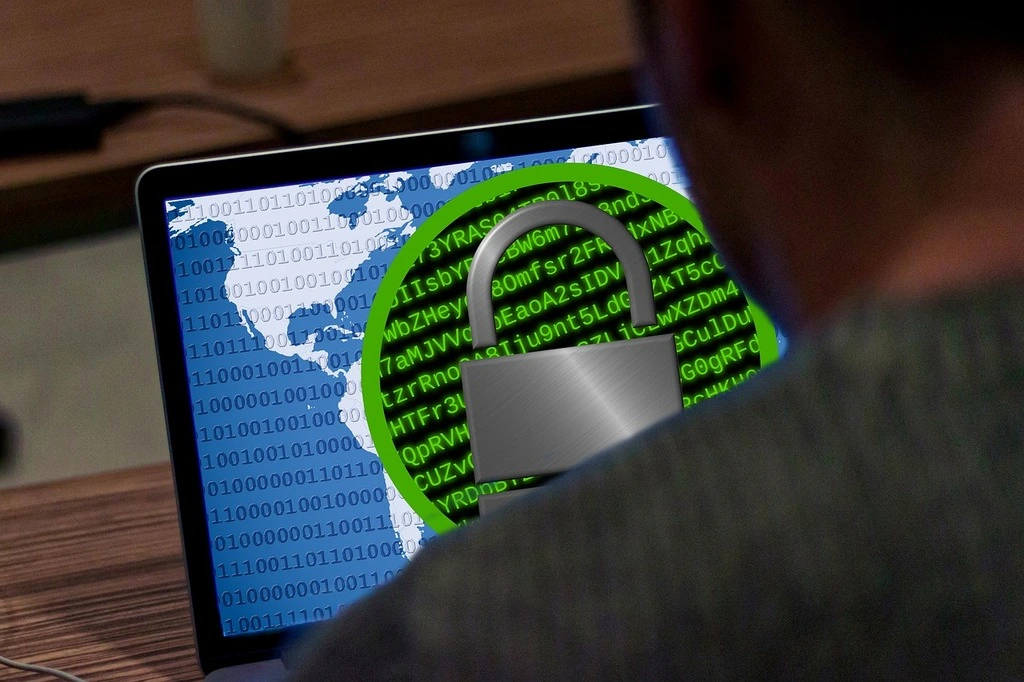Ransomware Resilience – Building a Robust Defense Plan for Your Business
Even though stopping ransomware attacks is difficult, some steps can be taken to reduce their impact. This includes maintaining offline backup repositories for recovery, training employees on the threat, and reporting ransomware attacks promptly.
A well-defined BCDR strategy incorporating a secure, isolated recovery environment is essential to building ransomware resilience.
Invest in a Comprehensive Backup Solution
What is ransomware, and how can we defend it? The most effective line of defense against ransomware is to have a well-developed and tested disaster recovery (DR) plan. In fact, according to the latest IBM Cost of a Data Breach 2023 study, each day your organization is down costs you over $4.5 million.

An effective DR plan requires your business to have a highly secure isolated recovery environment and a robust backup solution. The first step is to build a robust cybersecurity framework based on the five primary functions defined by the National Institute of Standards and Technology (NIST) Cybersecurity Framework: Identify, Protect, Detect, Respond, and Recover.
While there are many ways to reduce the risk of a ransomware attack, the first and most critical step is to have clean data backups available for recovery. Implementing a DR solution with continuous data protection (CDP) allows you to recover to a clean snapshot, eliminating disruption and mitigating loss during a ransomware attack.
It’s also essential to invest in security awareness training for employees to help them recognize and react to phishing attacks, the most common way attackers gain access to networks. Additionally, password policies and multi-factor authentication, regular patching, protecting RDP ports and VPNs, and implementing web application firewalls can help stop attackers from getting into your network in the first place.
Implement Continuous Data Protection (CDP)
Continuous Data Protection (CDP) is a backup solution that allows you to create a snapshot of your data and restore it to an arbitrary point in time. This capability is critical in a ransomware attack as it will enable you to recover without paying a ransom.
For example, imagine a local user works with many files and saves them frequently. With a regularly scheduled backup, these files would get backed up at some interval (Lunchtime or after office hours). But with CDP, the files will be automatically backed up every time they are saved. Moreover, the backed-up versions can be quickly recovered in case of any changes the user makes.
Most CDP solutions are either appliance-based or software-based. They can have different backup storage options, such as disk- or cloud-based. Some answers also offer DR capabilities, like environment cloning.
CDP solutions should also have security features like micro-segmentation and immutability to prevent unauthorized access to backup data. This is especially important since backups are the first defense against ransomware.
Create a Backup Repository in the Cloud
A key component of ransomware resilience is an effective backup solution. Many organizations have an effective disaster recovery (DR) plan but lack a robust backup and data protection solution that can minimize the disruption of a ransomware attack.
Creating an isolated backup repository in the cloud can significantly reduce recovery times. This setup can prevent ransomware from infecting your critical business systems, and your team can access it in the event of a disaster.
This type of solution is typically based on continuous data protection (CDP), replicating your data every time it changes. CDP is far more efficient than traditional daily backups and snapshots, which can take a significant amount of time to recover from a point in time.
In addition to an effective backup solution, implementing network segmentation can limit the spread of ransomware within your organization. Putting remote desktop protocol (RDP) ports behind a firewall, requiring multi-factor authentication, and restricting access to those ports can make your network more difficult for bad actors to target. It can also isolate your critical systems from the rest of the network, giving your security team more time to identify and eradicate the threat. Additionally, DR solutions like Zerto can enable rapid air-gapped recovery, real-time encryption detection, and data immutability that can help fight against ransomware.
Invest in Security Awareness Training
Even the best technology in the world will fail to protect you from a ransomware attack if your employees don’t know how to recognize and respond to a threat. Security awareness training is one of the most essential elements in a business’s cybersecurity strategy.
Many cybersecurity experts recommend that companies invest in employee training that helps them recognize phishing attacks, identify malware threats, and understand their role as the final line of defense against cyberattacks. It also encourages a culture of responsibility whereby employees share the responsibility for protecting sensitive information.
Training should be short and continuous, with modules that are under 10 minutes long to keep the learning process engaging. It should also include real-world testing, as security is constantly evolving. Training that is updated quarterly or semiannually is an ideal way to ensure that your employees’ knowledge stays up-to-date.
Building a robust ransomware resilience plan is an essential step in protecting your organization from a costly attack. By deploying an effective backup solution, implementing a continuous data protection (CDP) solution, and creating a backup repository in the cloud, your organization can minimize its risk and recovery times. Then, by investing in security awareness training and ensuring that your recovery and business continuity plans include rapid air-gapped recovery capabilities, you can further protect your organization from the most damaging attacks.

